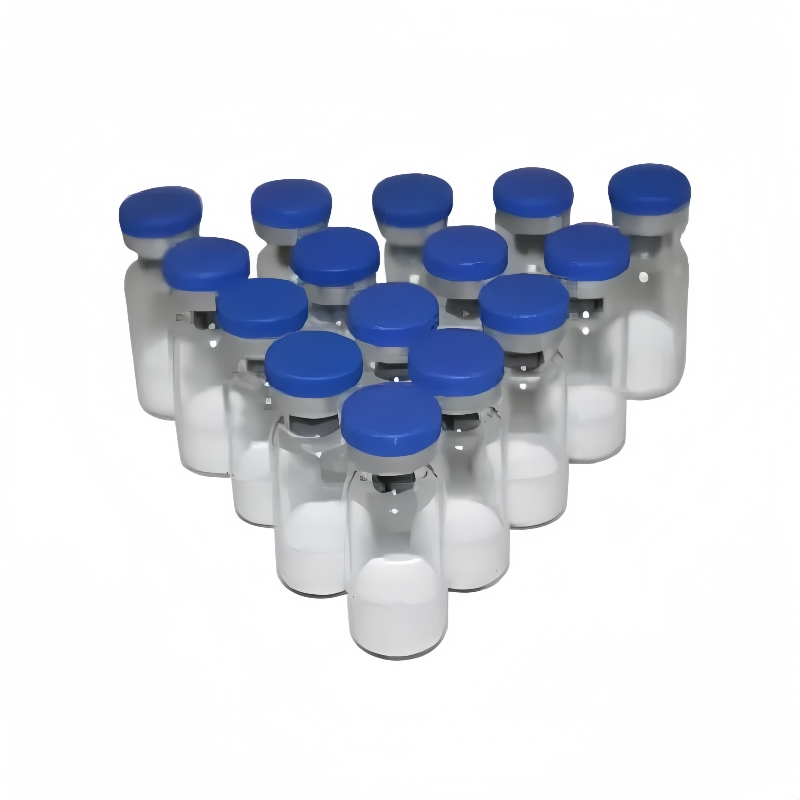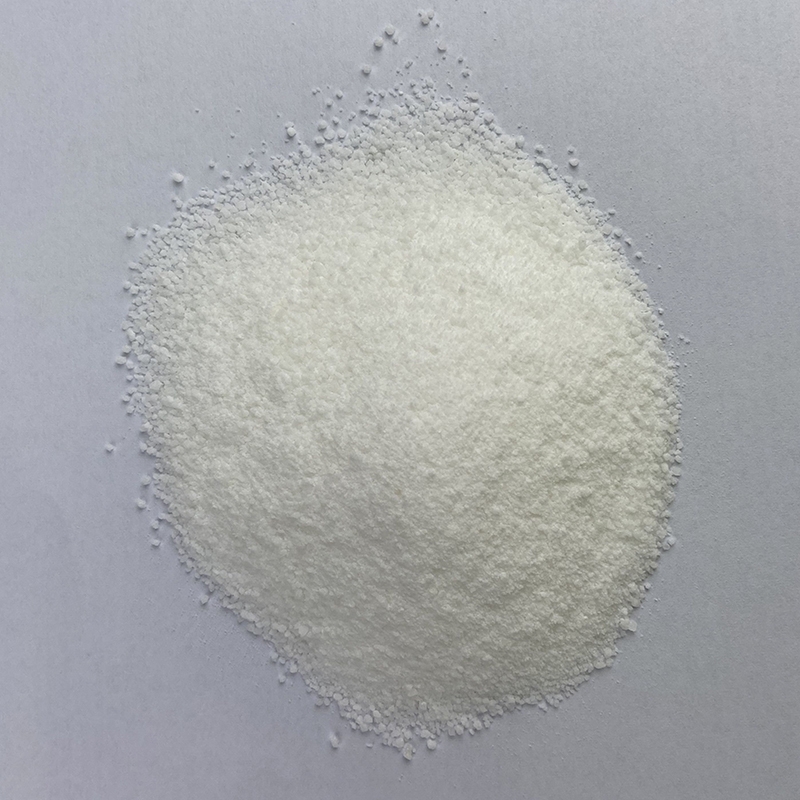-
Categories
-
Pharmaceutical Intermediates
-
Active Pharmaceutical Ingredients
-
Food Additives
- Industrial Coatings
- Agrochemicals
- Dyes and Pigments
- Surfactant
- Flavors and Fragrances
- Chemical Reagents
- Catalyst and Auxiliary
- Natural Products
- Inorganic Chemistry
-
Organic Chemistry
-
Biochemical Engineering
- Analytical Chemistry
- Cosmetic Ingredient
-
Pharmaceutical Intermediates
Promotion
ECHEMI Mall
Wholesale
Weekly Price
Exhibition
News
-
Trade Service
The STEP study confirmed that weekly 2.
4 mg of the GLP-1 receptor agonist semaglutide was effective in reducing body weight in obese people, regardless of whether they had diabetes
.
Semaglutide is the second GLP-1 receptor agonist approved for weight management, the first being liraglutide
Diabetes : We investigated the difference in efficacy and adverse events between weekly subcutaneous 2.
The mean weight change from baseline was -15.
8% in the semaglutide group, -6.
4% in the liraglutide group, and -1.
Weight control effect of semaglutide vs liraglutide
Weight Control Effects of Semaglutide vs Liraglutide Weight Control Effects of Semaglutide vs LiraglutideThe study concluded that in obese or overweight non-diabetic patients, once-weekly semaglutide was more effective than once-daily liraglutide for weight loss
.
In obese or overweight non-diabetic patients, once-weekly semaglutide was superior to once-daily liraglutide for weight loss
.
In obese or overweight non-diabetic patients, once-weekly semaglutide was superior to once-daily liraglutide for weight loss
.
Original Source:
Effect of Weekly Subcutaneous Semaglutide vs Daily Liraglutide on Body Weight in Adults With Overweight or Obesity Without Diabetes The STEP 8 Randomized Clinical Trial.
JAMA LEAVES THIS







